The GeForce RTX 4090 has been launched, and with the 12VHPWR port, we’ll have to see how it develops, and that’s exactly why we’re turning to the pleasant side of life today. It would be boring to just write about the adapter all the time. And those who are really fluid could also afford the MSI GeForce RTX 4090 SUPRIM LIQUID X, which itself is cooled fluidly. The card uses hybrid cooling in the form of an all-in-one compact water cooling system and an air-cooler for the rear of the board. You can do it this way. We’ll see how well that performs in a moment. By the way, I tested all games in gaming mode and deliberately did without silent mode. I also don’t think anyone would spend that much money on this card only to have it artificially limited.
Unpack and get to work – those who buy the card get a few nice extras in the scope of delivery. There would be the fuse the adapter for old power supply plugs and a mouse pad and of course the card itself. There is no need for a graphics card holder because MSI manages to get by with two slots and a much lower mass here. The radiator including the fans is not counted and RGB is also missing there. Thanks for this!
But before I go into more detail about the card itself, here’s a little refresher on the chip and the architecture used. It is definitely worthwhile to briefly skim over this once again.
The AD 102 and the new Ada architecture
The NVIDIA GeForce RTX 4090 is manufactured in the TSMC 4N process and features 76.3 billion transistors and, I can already spoil, offers a huge leap in performance, efficiency and also AI-powered graphics. The Ada architecture relies on up to 12 Graphic Processing Clusters (GPC) and up to 144 new streaming multiprocessors (SM) with over 18,00 CUDA cores, whose performance and energy efficiency have increased significantly.
In addition, tensor cores of the 4. Generation and Optical Flow, enabling transformative AI technologies including NVIDIA DLSS and the new NVIDIA DLSS 3 frame rate multiplier. The RT cores of the 3. The new generation offers up to 2x ray tracing performance, Shader Execution Reordering (SER) improves ray tracing operations by a factor of two. In addition, NVIDIA now also uses a dual AV1 encoder, with the NVIDIA encoder (NVENC) being the 8th generation. Generation with AV1 is said to work up to 40% more efficiently than H.264.
The AD102-300 of the GeForce RTX 4090 has been limited a bit and still offers 11 GPC in total, but two of them have been cut from 12 to 10 SM. This still results in 128 SM including the 16384 CUDA cores for the chip of the new consumer card. In addition, there are a total of 64 Texture Processing Clusters (TPC), 128 RT cores of the 3rd generation. Generation, 512 tensor cores of the 4th generation. Generation, 512 Texture Units (TU) and 176 ROPs. The L2 cache is 73728 KB in total and the card uses 24 GB GDDR6X with 10501 MHz clock and a 384-bit interface, which corresponds to a data rate of 21 Gbps and a bandwidth of 1008 GB/s.
The changes to all three core types can be summarized quite simply:
- Programmable Shader: Ada’s SM includes an important new technology called Shader Execution Reordering (SER), which reorders work on the fly, providing a 2x speedup for ray tracing. SER is as big an innovation as the out-of-order design for CPUs was at the time. 83 shader TFLOPS are quite a statement
- Tensor Cores of the 4. Generation: The new Tensor Core in Ada includes the NVIDIA Hopper FP8 Transformer Engine, which delivers over 1.3 petaFLOPS for AI inference workloads in the RTX 4090. Compared to FP16, FP8 halves data storage requirements and doubles AI performance. The GeForce RTX 4090 thus offers more than twice the total Tensor Core processing power of the RTX 3090 Ti.
- RT Core of the 3. Generation: A new opacity micromap engine accelerates ray tracing of alpha-checked geometries by a factor of 2. Add to this a new micro-mesh engine that handles all the geometric richness without further BVH creation and storage costs. Triangulation throughput is 191 RT-TFLOPS, compared to Ampere’s 78 RTTFLOPS.
The card still relies on a PCIe Gen. 4 interface and only for the external power connection with the 12VHPWR connector (12+4 pin) on an element of the PCIe Gen. 5 specification. The TGP is 450 watts and can also be raised up to 600 watts, depending on the board partner (which is rather pointless because the voltage limits from 500 watts anyway). The extremely oversized cooler will know how to prevent the chip’s maximum permissible 90 °C anyway.
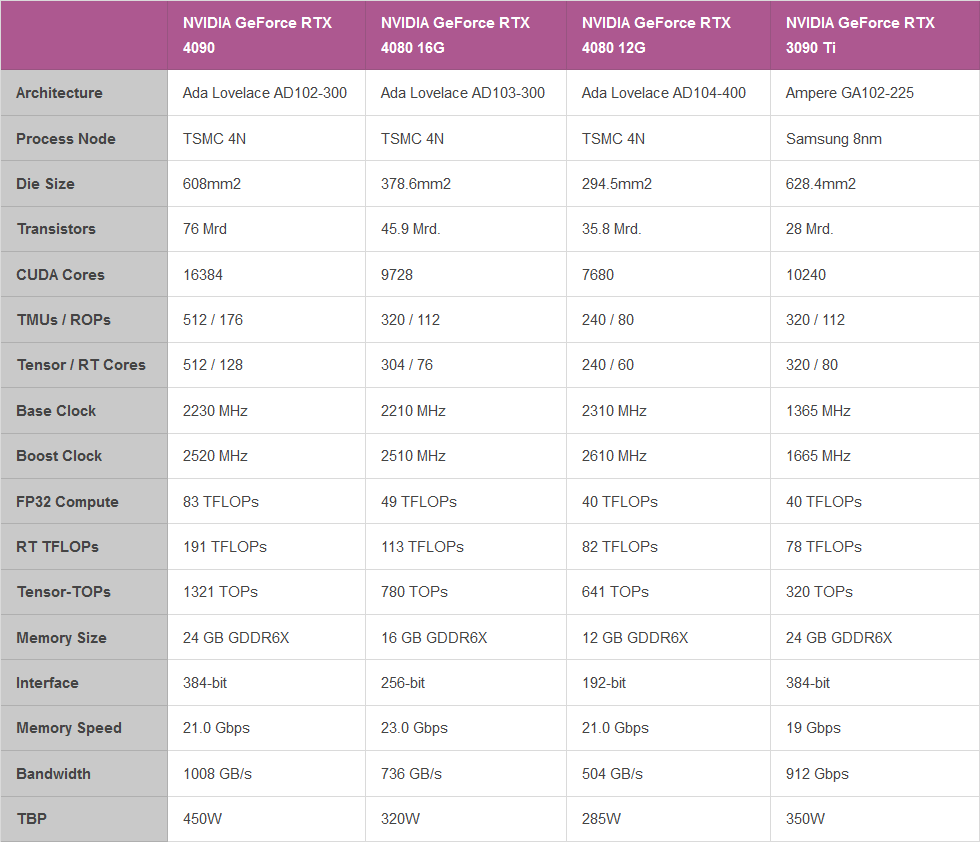
The MSI GeForce RTX 4090 SUPRIM LIQUID X 24 GB in detail
The FE weighs “only” 2075 grams, the SUPRIM LIQUID X including radiator 2335 grams (measured) and we’ll talk about the normal, air-cooled SUPRIM X next time. The length of 27 cm is ok, the height of 14 cm is also ok, if it weren’t for the tubes, whose bending radius makes the installation in a closed case without an extra riser card almost impossible (side panel!). The material looks kind of spacey and it manages to incorporate the familiar SUPRIM shape language quite well. Light metal and a bit of plastic, plus a visually successful backplate – buyers can live with that.
The radiator is a normal 240 mm model and two in-house fans, which we had already tested and found to be good. I can also already spoil that the noise development turns out very moderate even with a power consumption of over 500 watts. And you get the annoying waste heat directly out of the case if you have enough space to install a (second) radiator. However, since the pump is inside the cooler and not outside, the graphics card must never be the highest point, otherwise the pump could run dry and break.
You can put not only power into the card, but also video connections. Four, to be exact, as there are: three times DisplayPort 1.4a and once HDMI 2.1a. That is especially a pity for the DisplayPort when it comes to the new specifications. Chance missed, unfortunately. And with HDMI, you have to trick with the compression from 4K onwards if you want it to go above 120 Hz. That’s a pity, but it’s not MSI’s fault.
The screenshot from GPU-Z shows us default settings of the gaming mode, which correspond to those of the silent mode except for the higher power limit.
This first page is now finished and we are slowly preparing for the test.
- 1 - Introduction, technical data and technology
- 2 - Test System and the igor'sLAB MIFCOM-PC
- 3 - Teardown: PCB and Cooling System
- 4 - Gaming Performance
- 5 - Power Consumption and Load Balancing
- 6 - Load peaks, capping and PSU recommendation
- 7 - Temperatures, Clock Rate, OC, Fan Speed and Noise
- 8 - Summary and Conclusion














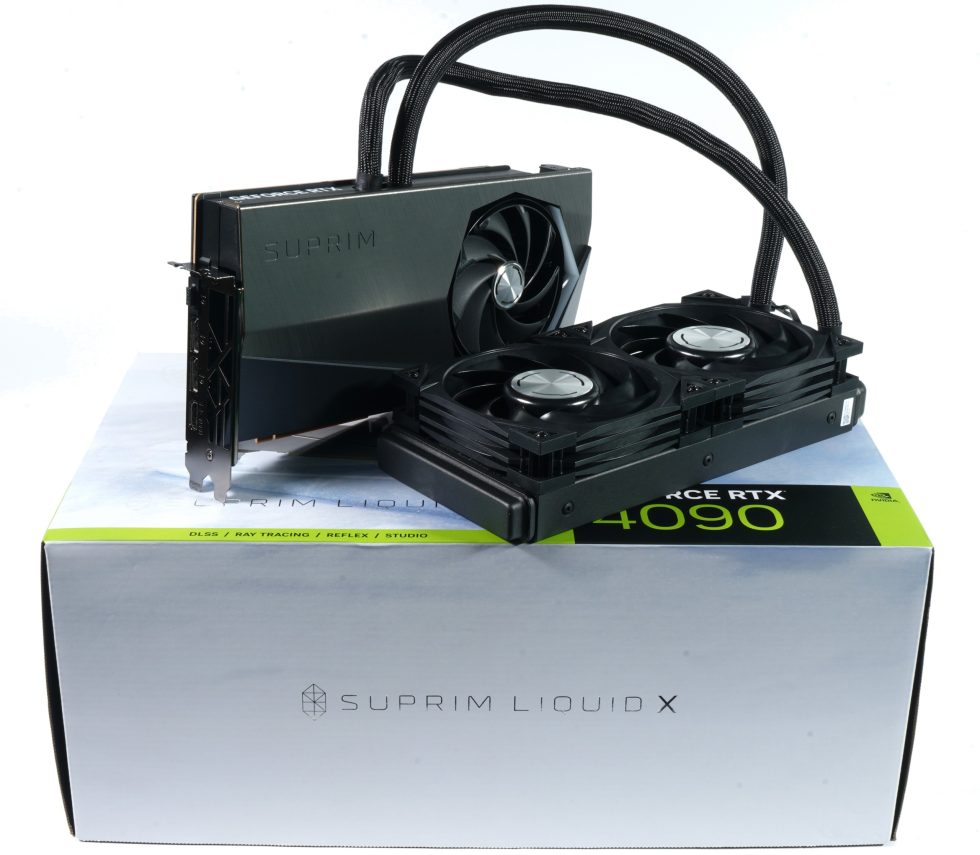

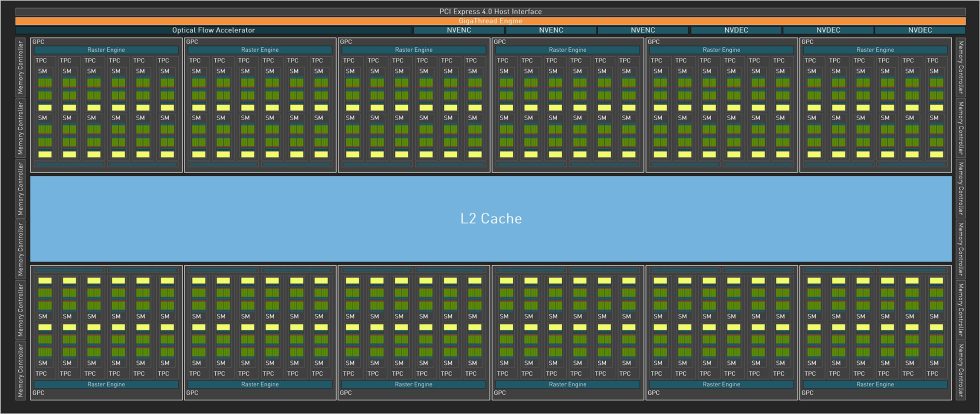
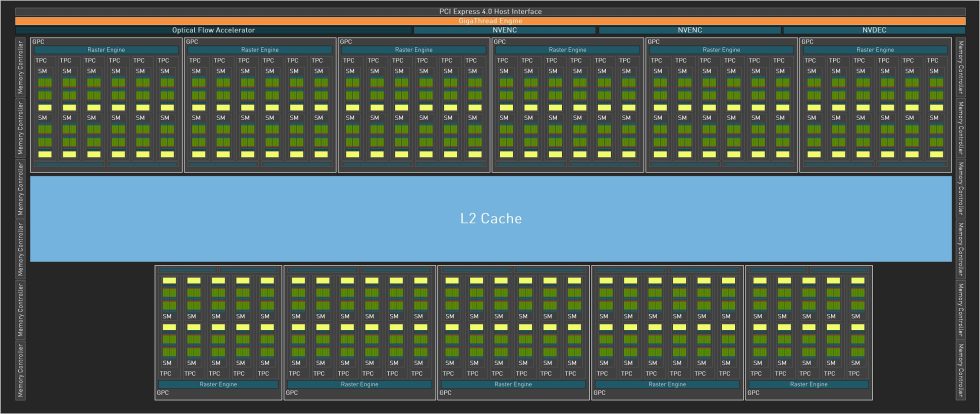
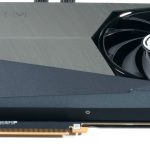
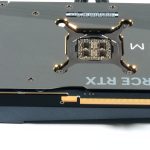

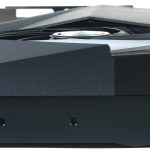
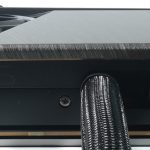
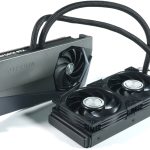
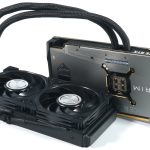
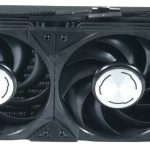

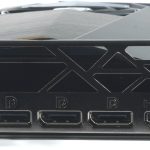


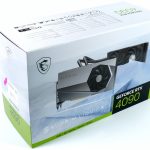
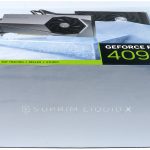
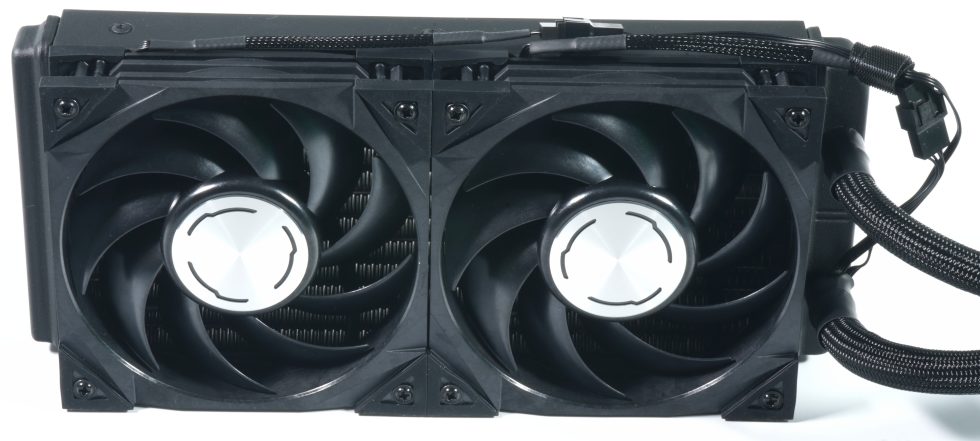
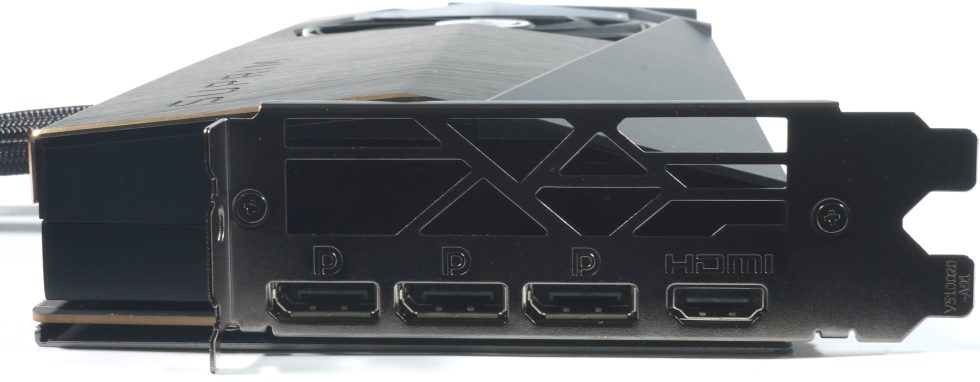
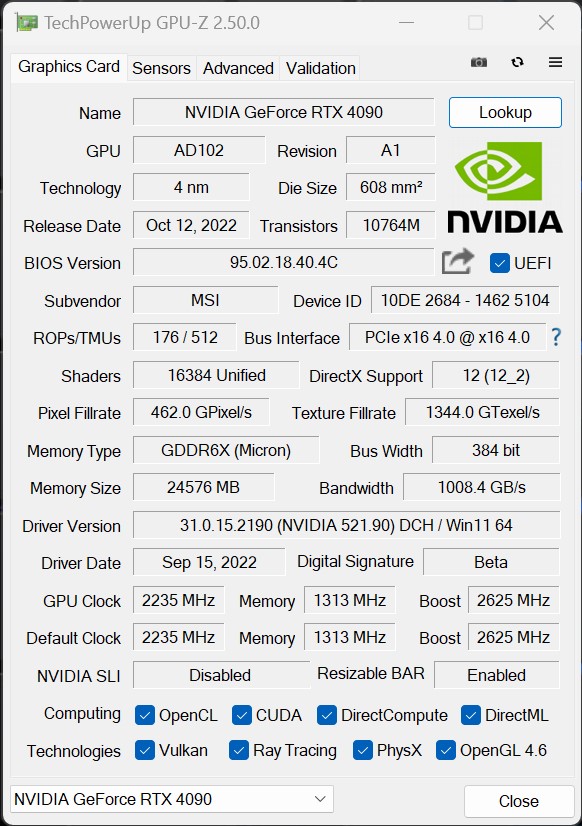








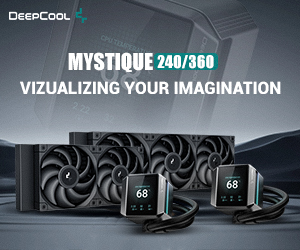



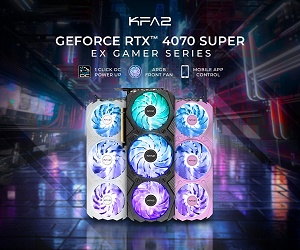
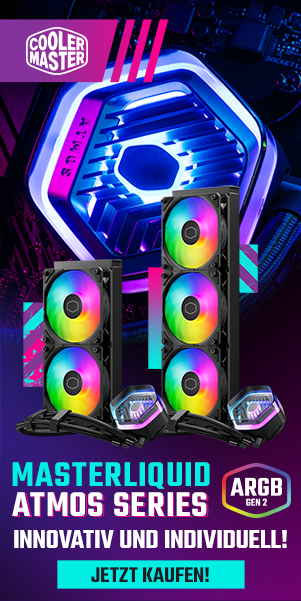






93 Antworten
Kommentar
Lade neue Kommentare
Veteran
Urgestein
Urgestein
1
Urgestein
Urgestein
Urgestein
Mitglied
Urgestein
Urgestein
1
Urgestein
Veteran
Mitglied
Mitglied
Mitglied
1
Mitglied
Veteran
Alle Kommentare lesen unter igor´sLAB Community →